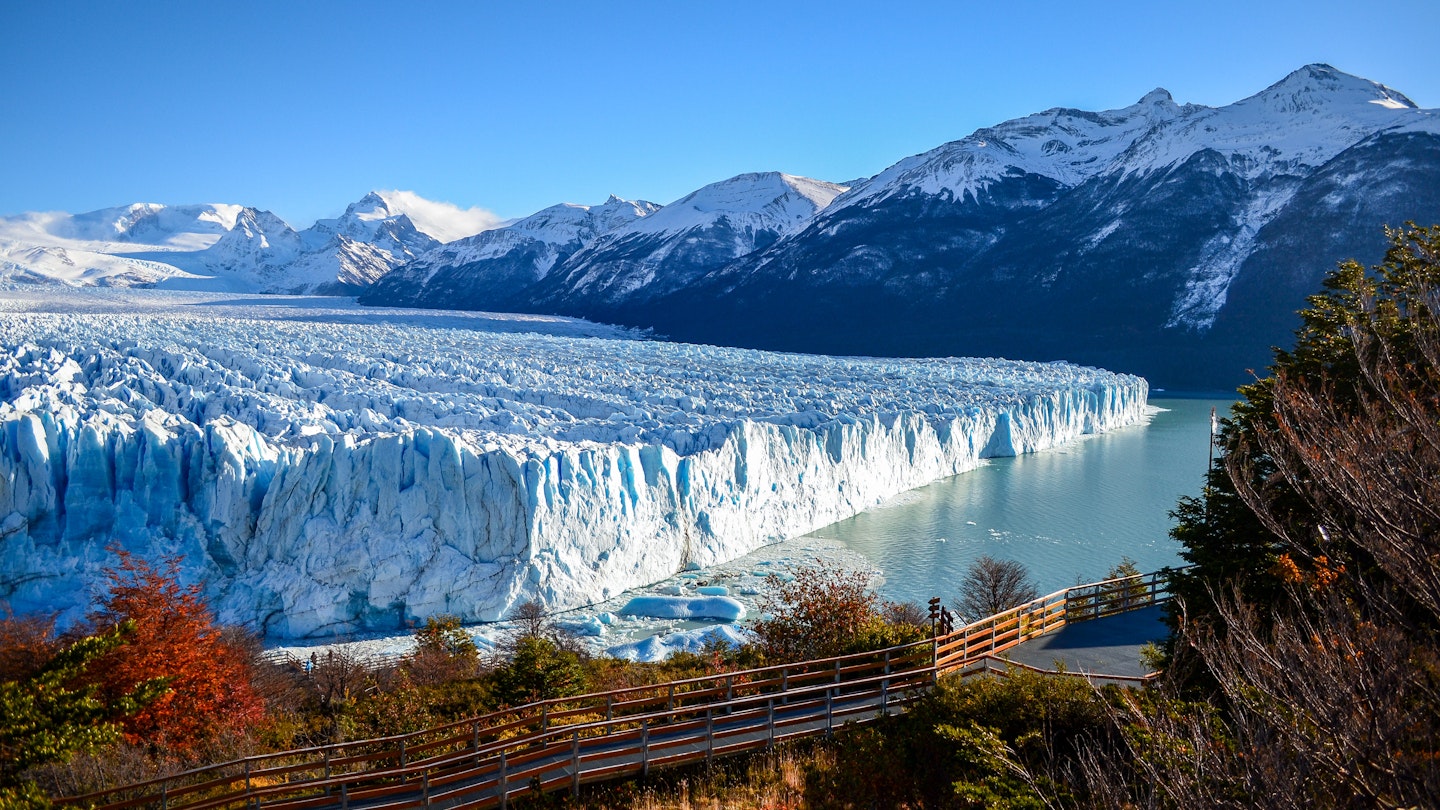Exploring Patagonia: Tips and Highlights
The word Patagonia conjures dreamy images of vast landscapes, stunning natural beauty, massive glaciers, soaring Andes, outdoor adventures, and iconic wildlife both on land and at sea. The Patagonia region of Argentina, stretching to the southernmost city of Ushuaia, offers all that and more.
When to Visit Patagonia
It’s crucial to note that South American seasons differ from those in North America or Europe. In Patagonia, summer (December to February) is the peak tourist season, featuring warmer weather, with all hotels, restaurants, parks, tours, and other tourist-related services fully operational. However, be prepared for the notorious Patagonian winds, which can be strongest during the summer months.
Autumn (March to May) showcases breathtaking fall colors as the local beech trees transition to vibrant yellows, oranges, and reds. Although some tourism services close after summer, visiting Patagonia is still doable during fall and winter (June to September), featuring cooler temperatures and potentially snowy landscapes, when winds tend to calm down.
Duration of Stay in Patagonia
Given the vastness of the Patagonia region, travelers should plan for more than just a long weekend. To fully explore the main attractions from north to south, allow at least two weeks—longer still for those eager to hike and truly immerse themselves in the natural wonders.
For limited-time visitors, it’s wise to concentrate on a specific area within Argentinean Patagonia (north, central, or south) and delve into activities that appeal most to you.
Getting Around Patagonia
Patagonia is expansive, with considerable distances between attractions. A handful of flights from major cities like Buenos Aires and Mendoza connect to some Patagonian destinations. Buses are primarily the mode of long-distance public transport available within the region.
Group tours including van transportation are popular for hassle-free exploration, while self-driving options allow for autonomy on the road. The growing number of 4X4 and RV rental companies enhances the adventure for travelers seeking flexibility.
Top Attractions in Patagonia
The Perito Moreno Glacier, one of the area’s most visited landmarks, stretches 31km (19 miles) long and reaches depths of up to 171m (560ft). Unlike many glaciers, it is known for maintaining its size, making it a unique natural phenomenon.
Taking a boat tour to view the glacier, traversing the network of pathways, or hiking on its icy surface are all exceptional ways to appreciate the stunning landscapes and adventure opportunities surrounding the glacier. The town of El Calafate serves as the gateway for tours to Perito Moreno Glacier, conveniently connected by numerous domestic flights.
The region between Junín de los Andes and El Bolson is famed for its stunning scenery, offering world-class fly fishing, horseback riding, and breathtaking national parks. You can also experience the renowned Seven Lakes Drive and visit the beautiful city of Bariloche.
Hiking in Patagonia
El Chaltén, recognized as the Hiking Capital of Argentina, lies within Parque Nacional Los Glaciares and serves as a prime base for hiking adventures. Whether you’re chasing coastal beauty and wildlife or embarking on challenging treks, the region provides a myriad of trails and routes suited for all levels.
For breathtaking coastal views and an array of marine life, the Península Valdés conservation area is a must-visit, featuring rugged coastlines and opportunities to spot whales, penguins, and sea lions.
Wildlife and Natural Wonders
Apart from its stunning landscapes, Patagonia is home to unique attractions. Ushuaia, a bustling port city and the gateway to Antarctica, proudly claims its title as the world’s southernmost city. La Trochita, a historic steam train, offers travelers insight into the region’s storied past.
Travel Costs in Patagonia
Currently, the Argentine economy is experiencing significant fluctuations, making it challenging to quote specific travel prices accurately. Generally, accommodations, restaurants, and tours in Patagonia tend to be pricier compared to other regions in Argentina, largely due to its secluded nature and rising tourist demand.
Frequently Asked Questions
What should I pack for a trip to Patagonia?
Patagonia’s weather is notoriously unpredictable. Prepare for cold, windy, and wet conditions by packing plenty of layers and gear suited for outdoor activities.
Is Spanish necessary in Patagonia?
While knowledge of Spanish can enhance your experience, many locals in popular tourist areas speak English. In more remote locations, it’s advisable to brush up on basic Spanish phrases.
What food can I expect in Patagonia?
Patagonia features a variety of dining options that range from pizzerias to upscale restaurants serving sophisticated takes on traditional dishes. Expect hearty options, often highlighting locally sourced ingredients, including lamb and fresh seafood.





